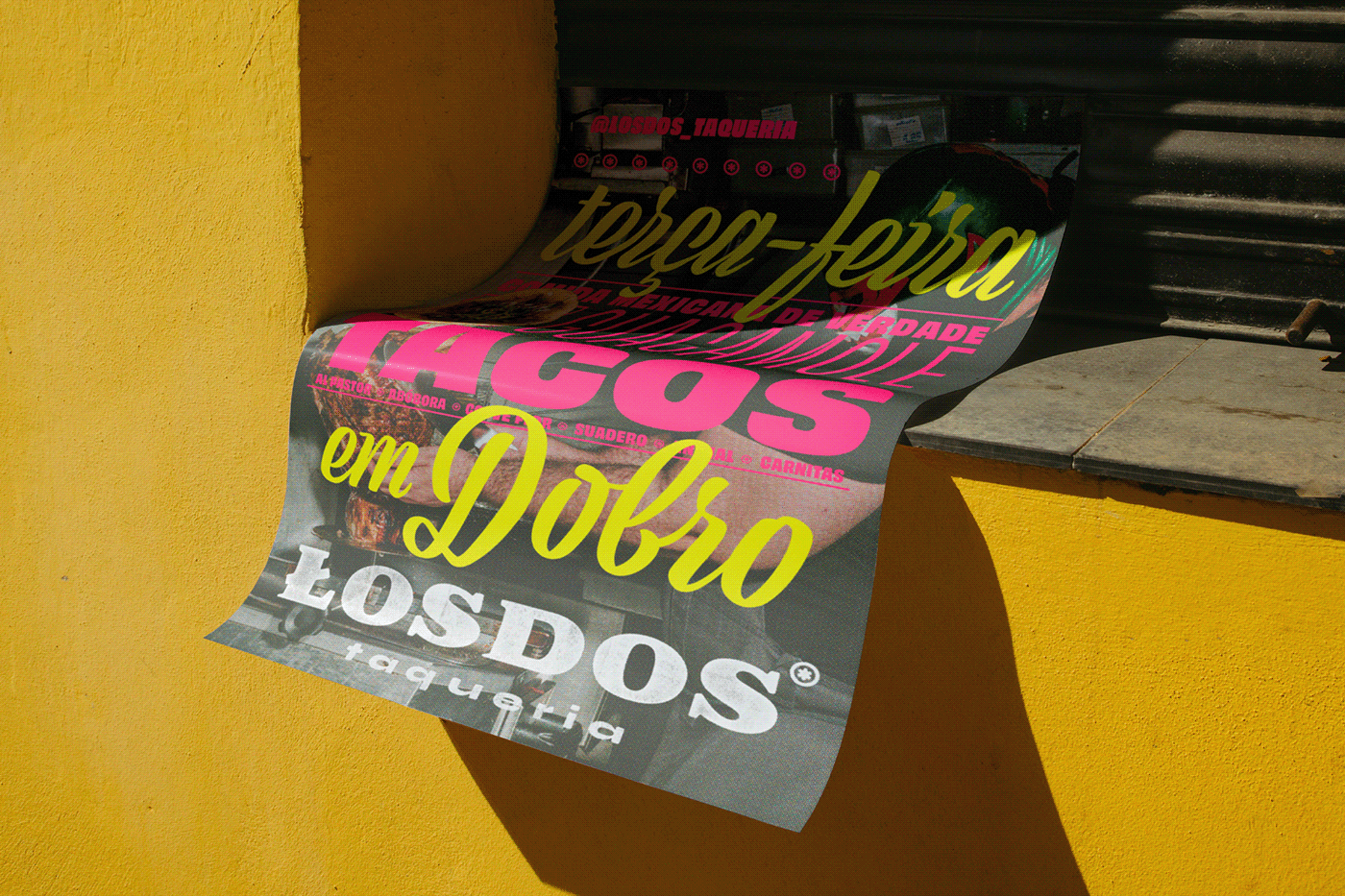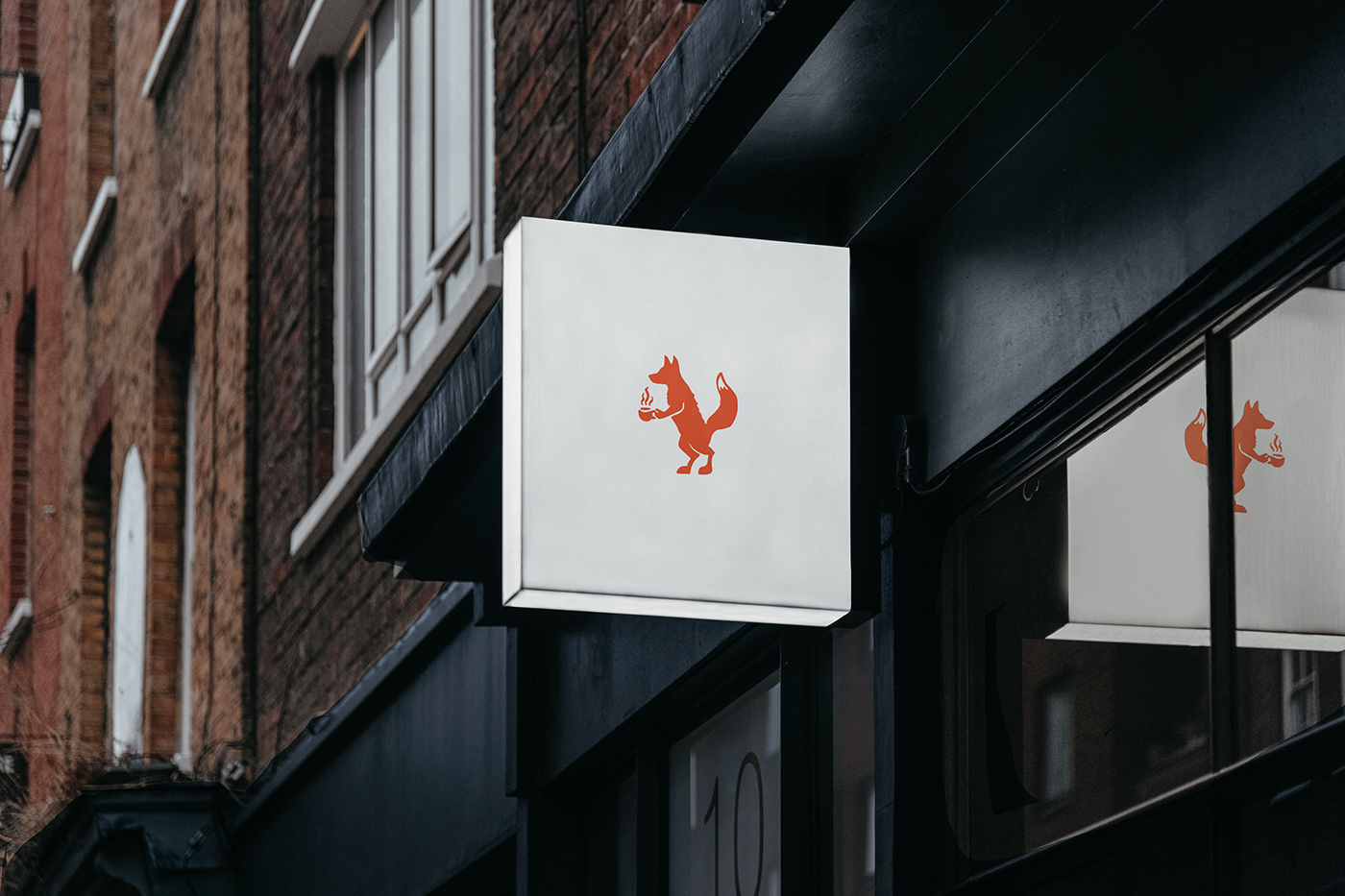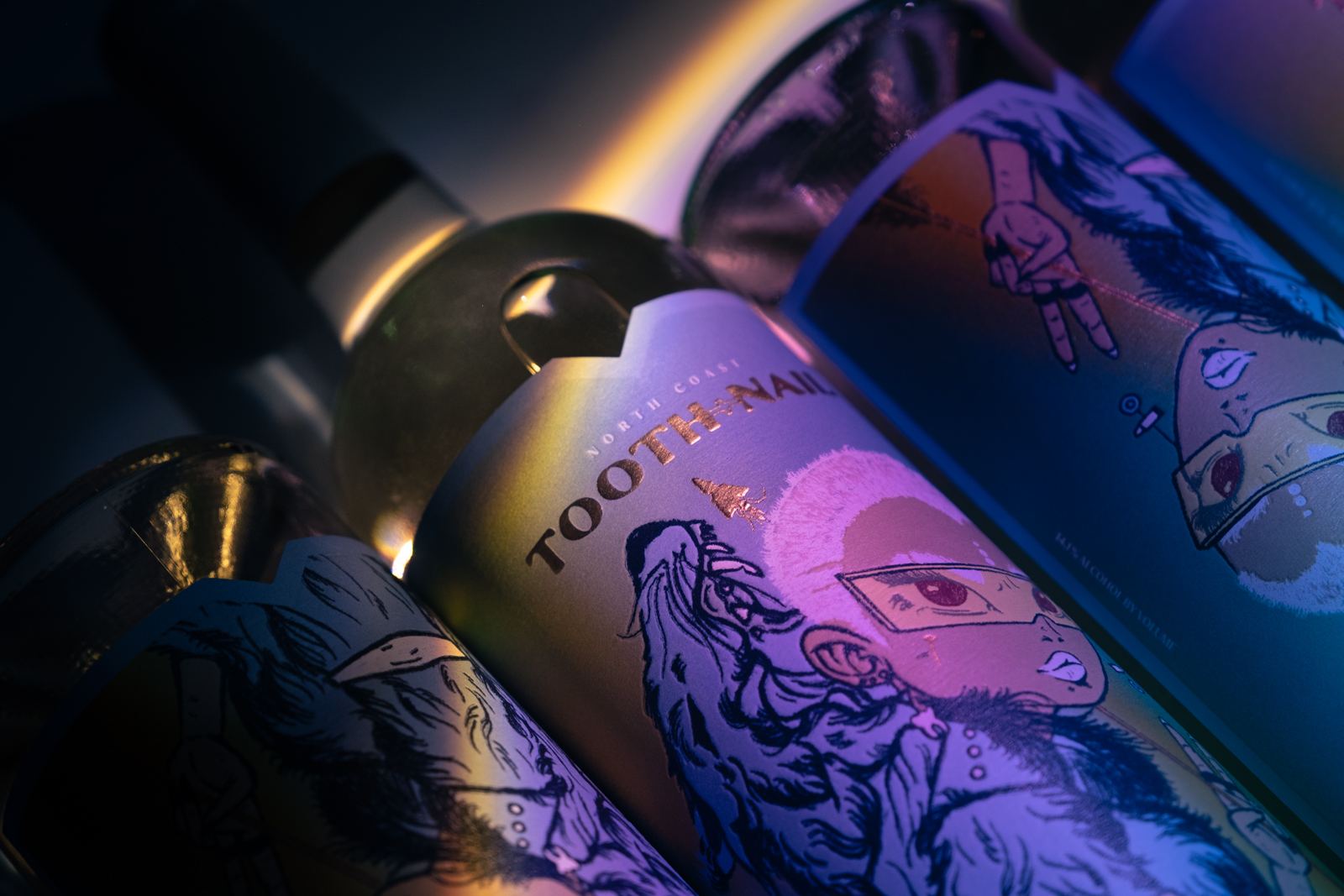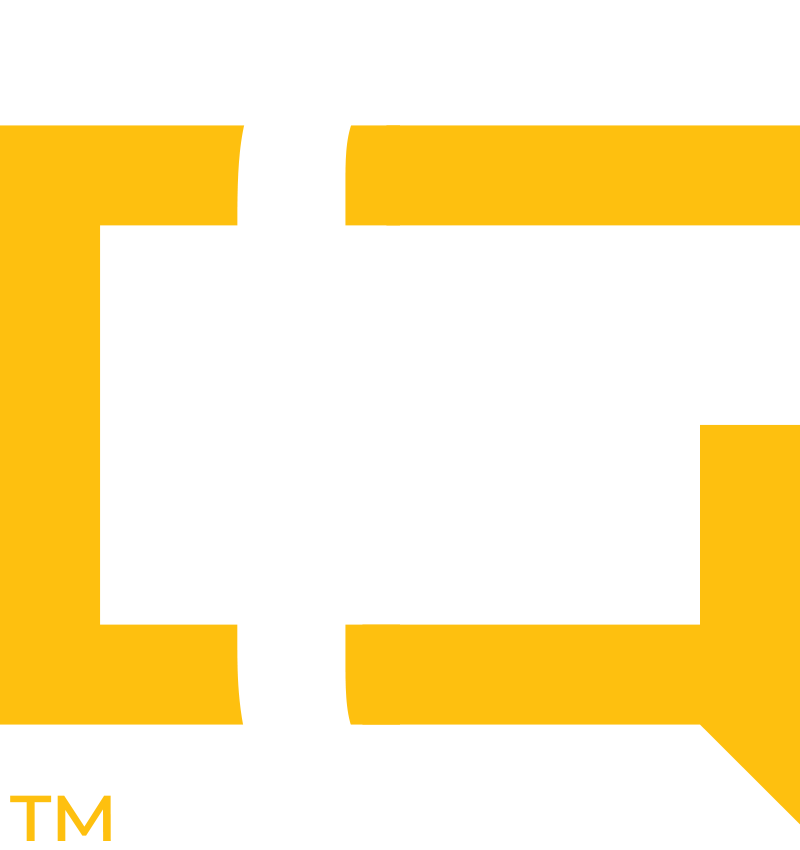I worked under a creative director for a little over a year, and he’d say this more times than I can remember. At first I laughed, but then as the low-level work took its toll on my soul I started to hate the saying all together. Mainly because it wasn’t an exaggeration, nor was he being facetious. It’s an indelible truth of the creative business and especially the restaurant industry.
Over the years I have designed many restaurant brands. Designing for me and my clients was much more than visual communications. Building restaurants by design meant looking at everything with a common strategy in mind. At the core of every strategy is the need to communicate to the people what you do, why its different and why it should matter to them. Easy enough, right? Wrong.
In order to communicate effectively, you need to tear away anything extra; roadblocks, misunderstandings, and sometimes plain ignorance. In working with my restaurant clients I found a common issue that constantly arose. They’d create issues or problems that were completely nonexistent. What’s worse is that they wouldn’t just create the problem, they’d obsess over it. They’d put it on a pedestal, build a fire around it, and start worshipping the power of this problem.
Case and point: I had a client who was trying to build traffic to his location and felt it wasn’t happening fast enough. Forget that the monthly budget was approximately a small percentage of his monthly revenue. Forget that marketing for new trials is super expensive and takes awhile to take effect. Forget that the cuisine was generally unknown by the market. Forget that the actual location SEEMED like it’d be good, but was actually a nightmare to find, park and get in and out of, in a part of town with a low population. Not ideal by any stretch. No, the client was convinced the problem was that the description of the restaurant was incorrect.
The description we were using read “Delicious Fresh Pierogis.” Months on top of months were spent tweaking and changing the description because the “problem” was that people didn’t understand that it was a restaurant. Meanwhile the REAL issues where left untouched and unattended. The monthly marketing came to a halt to focus on the right wording. No promotions were launched to educate the market on what pierogies are. Finally, the correct verbiage was found, “Savory Pierogi Eatery.” Creative solutions to nonexistent problems. People knew what the place was, what they didn’t know is what a pierogi was.
Focusing intently on fixing a detrimental issue is a key part of business strategy. That is if there is an issue there at all. What I have found is that this misguided focus is usually a purposeful distraction from a REAL problem that’s much harder to fix. Instead of working out the major issues facing the restaurant, all time and effort was forced onto a problem that had no business impact. If there was a negative impact at all, it would have been much less than the other issues on the table.
Creative solutions to nonexistent problems gives the feeling that something positive is being done when in reality it’s making matters worse and wasting time. What you should do is usability testing on the market. Ask the right questions to get the right answers. This is all a part of GOOD DESIGN, and good design is good business.






